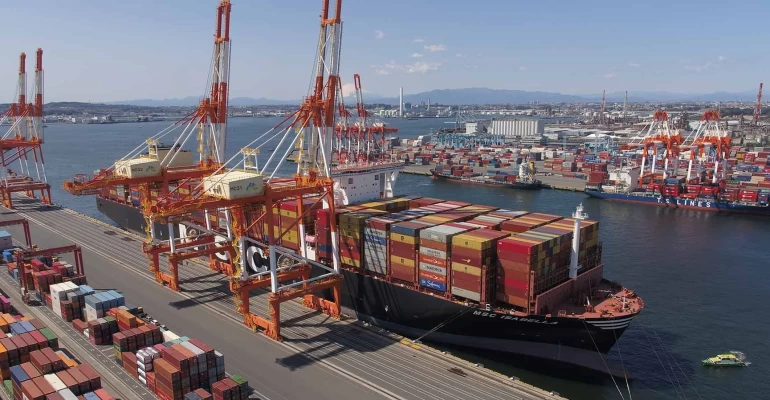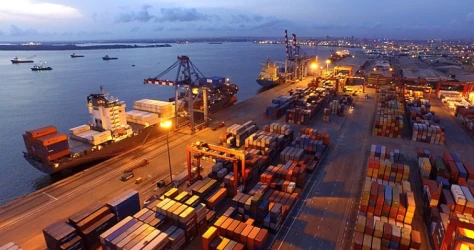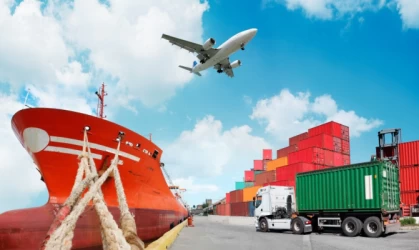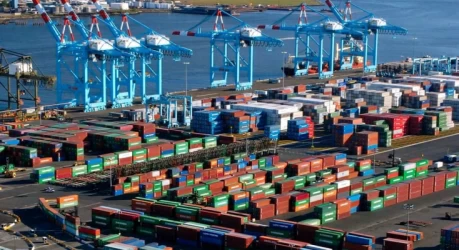Sea Freight in the Port of Yokohama
The Port of Yokohama, located in Kanagawa Prefecture, Japan, is one of the most significant and busiest ports in the world. Established in 1859, it has grown to become a crucial hub for international trade and sea freight, playing a vital role in Japan’s economy and global commerce.
Strategic Location
Yokohama’s strategic location in Tokyo Bay, close to the capital city of Tokyo, makes it an ideal gateway for imports and exports. The port’s coordinates are 35.3857N, 139.7001E. This prime location allows for efficient connectivity to major shipping routes and easy access to the vast consumer markets of the Kanto region.
Infrastructure and Facilities
The Port of Yokohama boasts state-of-the-art infrastructure and facilities designed to handle a wide variety of cargo types. Key features include:
- Container Terminals: Equipped with advanced cranes and automated systems, these terminals ensure quick and efficient loading and unloading of containerized cargo.
- Bulk Cargo Terminals: Specialized facilities for handling bulk commodities such as coal, grain, and minerals.
- Ro-Ro Terminals: Dedicated terminals for roll-on/roll-off cargo, primarily used for vehicles and heavy machinery.
- Warehousing and Storage: Extensive warehousing facilities provide secure storage options for various types of goods.
Cargo Handling Capabilities
The port handles a diverse range of cargo, including:
- Containerized Cargo: The majority of the port’s traffic consists of containerized goods, ranging from consumer electronics to clothing and machinery.
- Bulk Cargo: Commodities like coal, iron ore, and grain are efficiently managed through specialized bulk terminals.
- Liquid Bulk: The port also accommodates liquid bulk cargo such as crude oil, chemicals, and liquefied natural gas (LNG).
- Automobiles: Yokohama is a major hub for automobile exports, with dedicated Ro-Ro terminals facilitating the smooth handling of vehicles.
Technological Advancements
The Port of Yokohama is at the forefront of adopting cutting-edge technologies to enhance its operational efficiency. Some notable advancements include:
- Automated Systems: Implementation of automated cranes and guided vehicles to streamline cargo handling processes.
- Digital Platforms: Use of digital platforms for real-time tracking and management of cargo, improving transparency and reducing delays.
- Sustainability Initiatives: The port is committed to reducing its environmental impact through initiatives such as shore power for vessels, energy-efficient equipment, and waste reduction programs.
Economic Impact
The Port of Yokohama significantly contributes to the local and national economy. It supports thousands of jobs in logistics, shipping, and related industries. The port’s activities generate substantial revenue through trade, customs duties, and associated services.
Challenges and Future Prospects
Despite its success, the Port of Yokohama faces several challenges, including:
- Competition: Intense competition from other major ports in the region, such as Tokyo and Kobe.
- Environmental Concerns: Balancing economic growth with environmental sustainability remains a critical issue.
- Infrastructure Upgrades: Continuous investment in infrastructure is necessary to keep up with the growing demands of global trade.
Looking ahead, the Port of Yokohama aims to strengthen its position as a leading global port by:
- Expanding Capacity: Plans to expand terminal capacities and enhance cargo handling capabilities.
- Innovation: Continued investment in technological innovations to improve efficiency and reduce environmental impact.
- Global Partnerships: Strengthening partnerships with international ports and shipping lines to boost trade connectivity.
Conclusion
The Port of Yokohama stands as a testament to Japan’s maritime prowess and its pivotal role in global trade. With its strategic location, advanced infrastructure, and commitment to innovation, the port is well-positioned to navigate the challenges of the future and continue driving economic growth.
If you have any specific aspects you’d like to explore further or need more details, feel free to ask!











